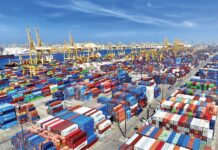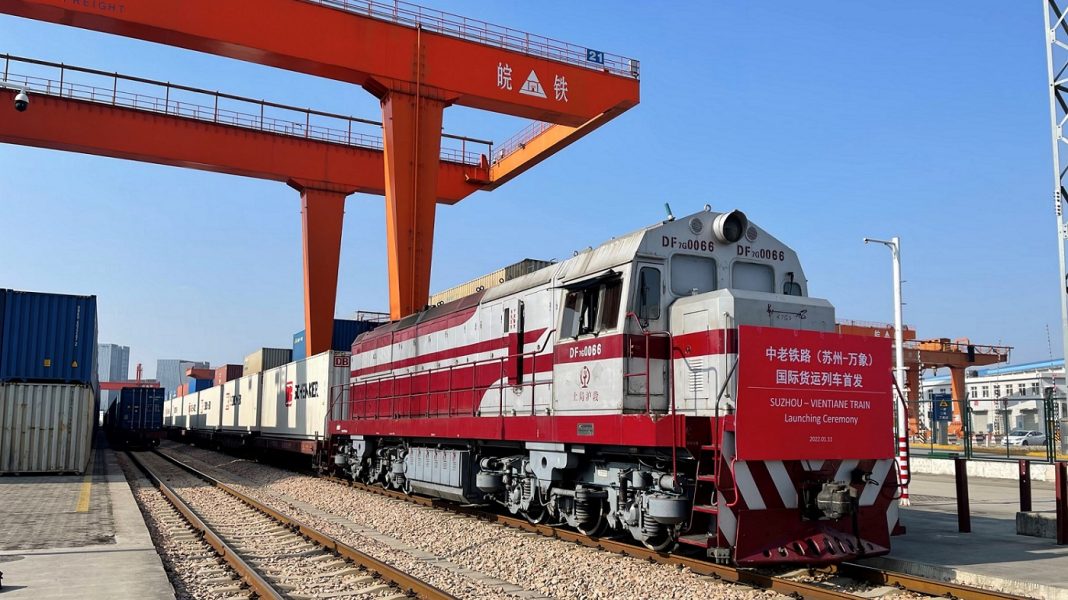
DB Schenker Land Transport (DB Schenker) is one of the leading cross-border logistics service providers of China-Southeast Asia (SEA) and China-Europe railway transportation.
Recently, DB Schenker bolstered its Inter-Asia rail freight options with the launch of its China-Laos Service, creating new overland cargo transportation possibilities that form part of the company’s larger Asia LANDbridge.

As one of the latest additions to DB Schenker’s product roster, the China-Laos Service includes single container and block train options, providing a one-stop logistics solution that offers door-to-door transportation. Operating on the recently opened China-Laos Railway, the service takes a holistic approach to rail freight, as it includes auxiliary options such as domestic pick-up, customs declaration, cross-border railway transportation, destination customs clearance, warehousing, and on-carriage services, and benefits from the company’s comprehensive network coverage in China and SEA.
To gain further understanding of DB Schenker’s new service’s benefits for customers in SEA, with an emphasis on the Thai Market, we interviewed Mr Clarence Guo, General Manager of DB Schenker Laos. As well as explaining the ins and outs of DB Schenker’s latest rail offerings, Mr Guo also provided us with valuable insight on the China-Laos Railway, how it improves cargo transportation for the region, and how rail freight compares with other modes of transportation, such as road, ocean, and air.
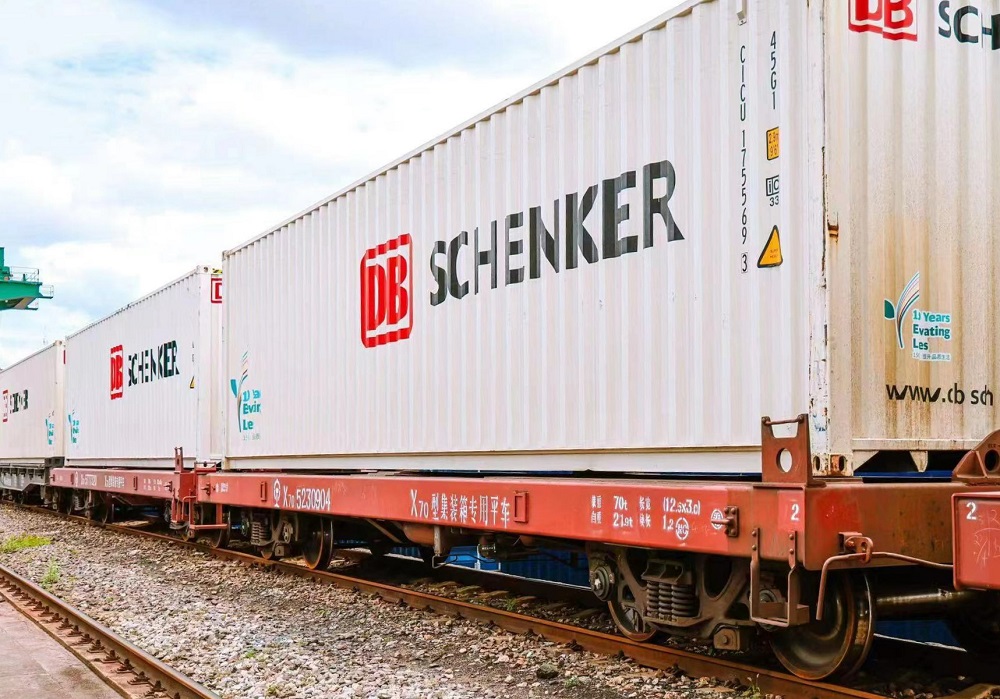
“DB Schenker’s new rail solution significantly shortens the overland journey between China and Southeast Asian countries, including Thailand, Myanmar, Malaysia, Vietnam, Cambodia, and Singapore. It also connects seamlessly to and from Europe via our Eurasian LANDbridge,” said Mr Guo. “We transport the cargo by land to Vientiane in Laos, where a dedicated team securely lifts the containers from trucks onto the train. From Vientiane, cargo is railed to Kunming and connects seamlessly to domestic rail throughout China and, through the Chongqing rail terminal gateway, to destinations in Europe,” he continued.
History of The China-Laos Railway
The China-Laos Railway, also known as the Boten-Vientiane railway, is a 421 km section of the greater Kunming-Singapore Railway, which in turn is but one branch of China’s transcontinental Belt and Road Initiative (BRI) that began in 2013. According to the European Bank for Reconstruction and Development, “the BRI aims at infrastructure development and acceleration of the economic integration of countries along the route of the historic Silk Road. As a long-term policy and investment program, the BRI has been associated with infrastructure development for ports, roads, railways, and airports, as well as power plants and telecommunications networks.”
The China-Laos section of the Kunming-Singapore Railway was officially opened in December 2021 and is a standard gauge, electrified, high-speed railway with the capacity of handling 120 km/h freight trains. 47 percent of the railway is spanned over 75 tunnels, and 15 percent is set on viaducts spread over 167 bridges.
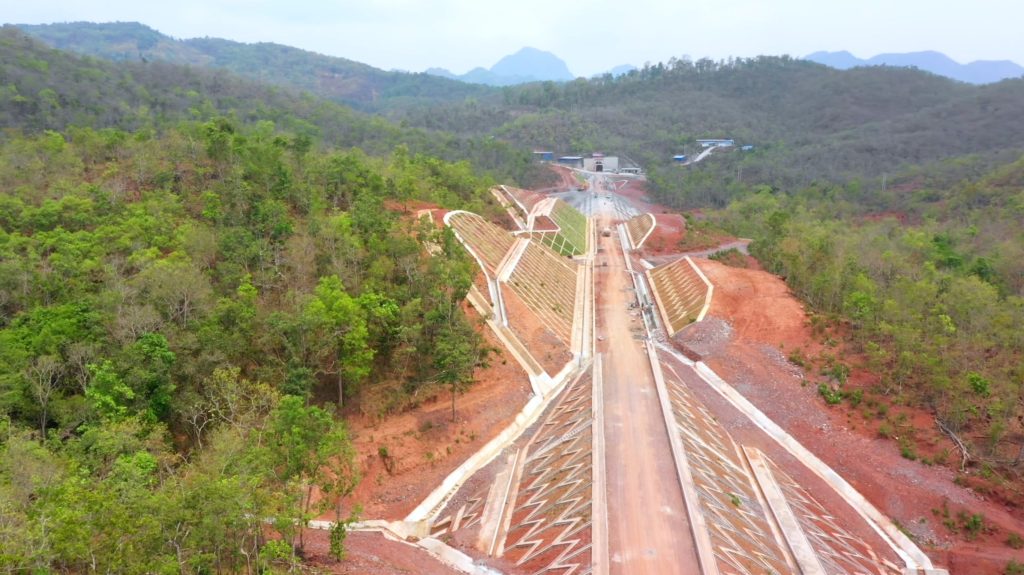
Mr Guo stated, “DB Schenker has been opening new logistics corridors for our customers, creating more value for them. For example, by tapping into our expertise in pioneering new services such as the Eurasia Rail, we jumped on the opportunity when China-Laos Railway opened to traffic to expand service offerings for our customers, allowing them to build more resilient supply chains with increased transportation options.”
“Crossing Laos from North to South, the China-Laos Railway connects Boten in the country’s Northern Luang Namtha Province, on the border with China, to Thanaleng, in Laos’ Southern Vientiane Prefecture, on the border with Thailand,” explained Mr Guo. “At the Chinese border, the line connects directly to the Chinese rail system at Mohan in Yunnan, through the Yuxi-Mohan Railway, making Laos the first country to connect to the Chinese railway network using Chinese technology. At the Thai border, provisions are in place to link with the Bangkok-Nong Khai high-speed railway,” he continued.
Routing Options on China-Laos Cross-border Logistics Services
By utilizing the new China-Laos Railway, DB Schenker’s two-way, multimodal, land and rail freight solution is helping customers in SEA save time on shipments and reduce transportation costs. Trains moving across the China-Laos border can take advantage of the fact the new line matches the 1.435-metre standard gauge track used throughout China, meaning there are no waiting times for cargo to be transhipped onto new carriages.
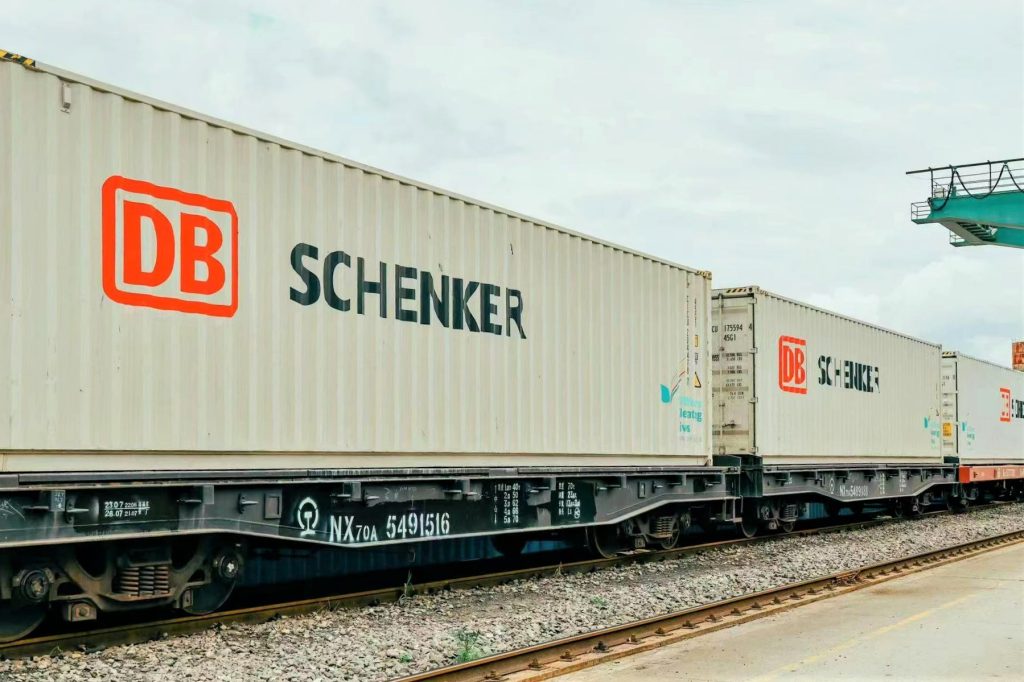
“From Vientiane South Railway Station in Laos to Kunming Terminal, the total distance is over 1,000 km, but thanks to the newly built China-Laos Railway, the journey time on our rail service only takes 2-3 days,” said Mr Guo.
“This is much faster than what was previously possible when sending cargo via truck which takes at least 5 days. Moreover, it is also much cheaper than truck transportation, which, on this route, would cost over USD 4,700 while our rail service costs USD 2,500,”
The journey from Kunming to Boten covers 604 km, and the lead time on DB Schenker’s rail service takes 14 hours, while on the Boten to Vientiane route, a distance of 418 km, the lead time is 11 hours, making rail the most economical option among any mode of transport when freight and lead times are considered.
Of course, options for cargo to continue past Kunming to destinations across China are available with DB Schenker’s rail service. To give an idea of the scope of these connections, from Vientiane to Xi’an, Suzhou, Chengyu, Guangzhou, or Xiamen take as little as 7 days, with prices ranging from USD 1,850-5,300 depending on the destination or services selected.
Catchment Area and Top Commodities moved via The China-Laos Railway
Using a truck-rail-truck model, the catchment of DB Schenker’s services spreads across the entirety of mainland SEA to the 21 provinces of China and even further afield into Europe via DB Schenker’s Eurasia LANDbridge. This allows the company to provide door-to-door transportation for customers interested in using services on the China-Laos Railway to deliver goods to countless locations across the Eurasian landmass.
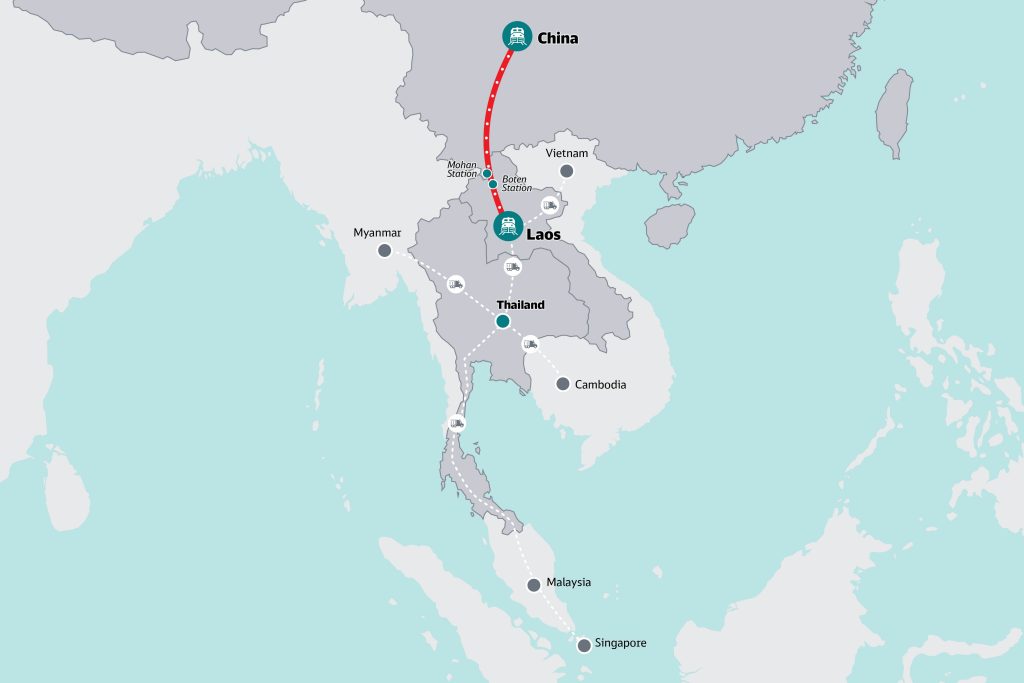
According to the China Kunming Railway Group, “since December 2021, the China-Laos Railway has been used to transport 4.03 million metric tons of goods, including 647,000 tons of cross-border goods including electronics, photovoltaic items, and fruit. In April, for example, the railway helped transport about 500 tons of durian fruit from Thailand to China. Transportation took about seven days, or around half the time it took to transport by the former method, which combined road and sea transportation.”
How Thai Shippers can utilize the China-Laos Cross-border Logistics Services
Presently, the China-Laos Railway terminates at Vientiane South Railway Station, so running high-speed trains into Thailand is not yet possible. The reason behind this is that the line uses a different rail gauge from the 1.00-metre gauge used throughout Thailand, including on the existing Thai Northeastern Line link from Bangkok to Thanaleng in Laos.
However, on 21 March 2015, Prime Minister Gen Prayut Chan-o-cha said that Thailand and China had signed a memorandum of understanding (MoU) in late 2014 on joint railway construction. The MoU stipulates that a joint Thai-Chinese 1.435-metre standard-gauge rail line will eventually cross the Mekong River on a new bridge to meet up with the Bangkok–Nong Khai high-speed railway (which is also currently under construction), thus completing the connection to the Vientiane South Railway Station. Until then, customers in Thailand can leverage DB Schenker’s extensive truck fleet and service network to provide first/last-mile delivery.
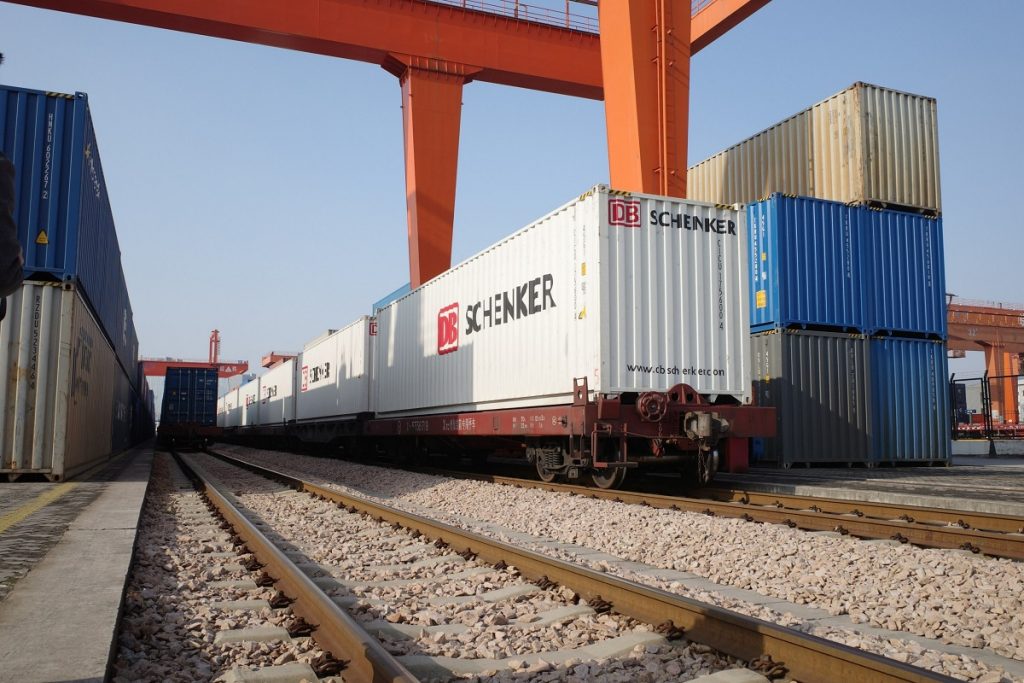
Mr Guo said, “DB Schenker aims to provide diversified and tailor-made transport solutions that meet the current demand. Until the final section of the railway is completed between Vientiane and Nong Khai, our multimodal transportation will fill the gap. Moreover, our Land Transport teams in Thailand and indeed every other SEA nation are always available to provide professional services and safeguard the cargo delivery to and through the China-Laos Railway.”
Rail Freight Proving More Valuable in Uncertain Times
During the peak of the COVID-19 pandemic, the sheer number of Chinese workers placed in quarantine caused devastating congestion issues in the ocean freight sector, affecting supply chains worldwide. Moreover, with a severe lack of manpower, a skeleton workforce was left with the overwhelming task of operating port equipment fast enough to meet rising demands, resulting in massive backlogs of containers building up at the ports.
With space shortages ensuing, cargo ships had nowhere to unload containers, resulting in long queues that saw vessels waiting up to a month along the Chinese coast to discharge. Consequently, a domino effect was set in motion that saw supply chains worldwide feel the pinch. What is more, while ocean freight liners experienced container and space shortages, they concurrently hiked up their prices amid the global downturn due to an increase in demand, placing an extra burden on consignors and, as a result, end consumers.’
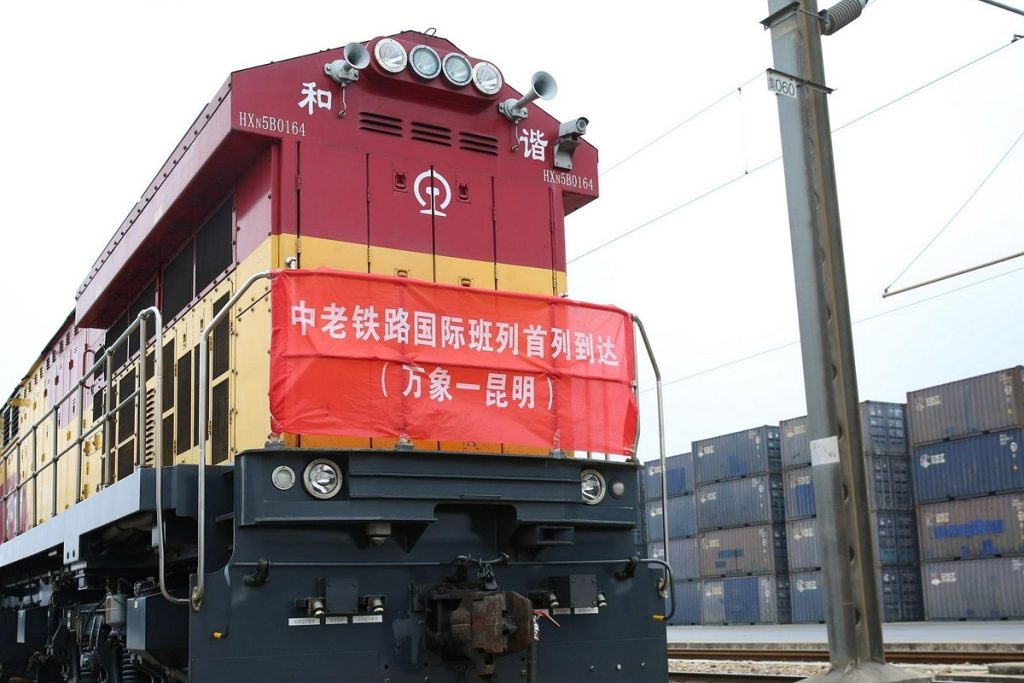
It was at this moment that rail freight became a more attractive option for shippers moving goods in and out of China. While the cost to ship by rail is generally higher on average than ocean freight, the rise in ocean shipping costs has decreased the price differential dramatically, bringing both modes’ price points near parity. Additionally, with thousands of kilometres of rail infrastructure already in place and advantages such as faster, more reliable transit times, many consignors switched over to rail during the pandemic as it became a solid alternative to the plagued ocean freight sector.
“With the combination of difficulties in securing a booking and guaranteeing a delivery time coupled with the ocean sector’s rising prices over the last two years, rail has increasingly been seen as a cost-effective and much quicker solution for moving goods long distances.”
A standout precedent of how DB Schenker’s rail solutions are working for its customers can be seen in its partnership with a major manufacturer of IT equipment. Due to border closures in Pingxiang and Dongxing due to COVID-19, the lead time for the manufacturer to deliver electrical products and components from Vientiane to Suzhou was extended considerably. This, coupled with a lack of containers, meant the company faced an overall lead time of at least 18 days had they stuck with their original transportation method.
Consequently, DB Schenker devised a solution to organize a direct block train from Suzhou to Vientiane using its own containers to provide enough capacity. DB Schenker also simplified all the customs formalities in Suzhou for the customer, and as a result, the manufacturer enjoyed a shortened transit time of only 8 days terminal-to-terminal and avoided the much higher costs it would have incurred for attempting to make an urgent airfreight shipment.
DB Schenker promotes Resilient Supply Chains
With the growing demand for practical, sustainable alternatives to solve logistical cargo transportation issues, DB Schenker has successfully provided resilient supply chains for its customers and cemented itself as a dependable logistics partner.
By adapting to the ever-changing business needs of its customers, it will no doubt continue to be a global cargo transportation leader by providing cost-effective, time-efficient solutions for challenging and unpredictable times.
อัพเดตข่าวสารและบทความที่น่าสนใจในอุตสาหกรรมโลจิสติกส์ก่อนใคร ผ่าน Line Official Account @Logistics Mananger เพียงเพิ่มเราเป็นเพื่อน @Logistics Manager หรือคลิกที่นี่



